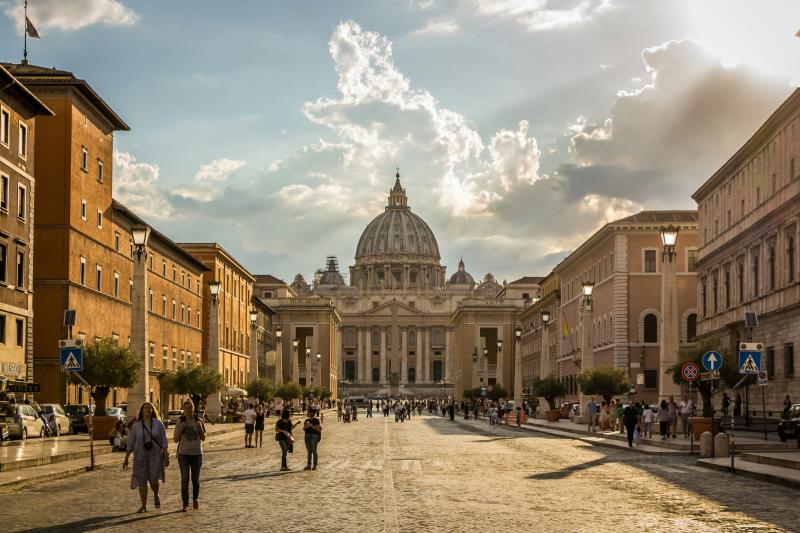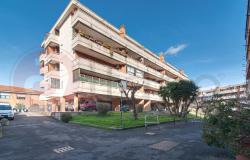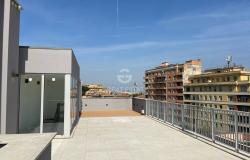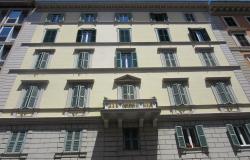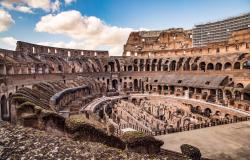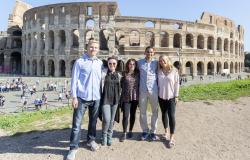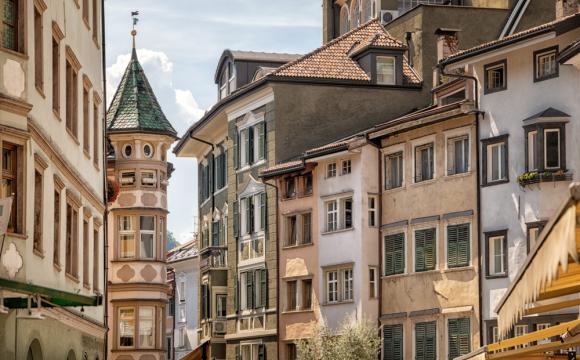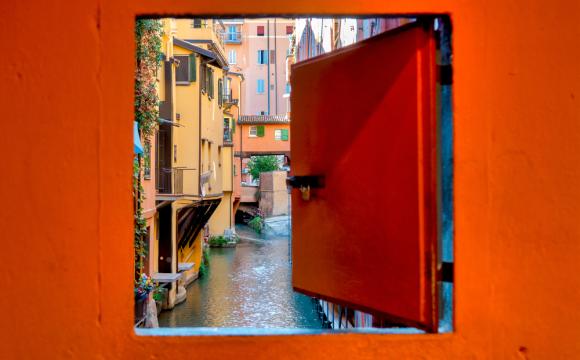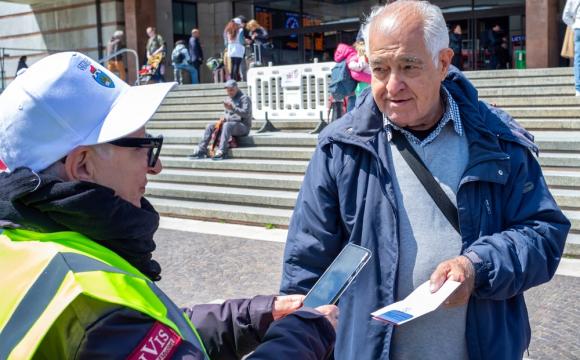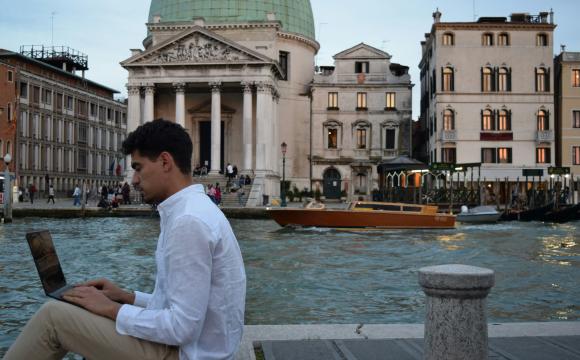There was a common refrain many potential visitors to Rome heard across travel forums, social media and mainstream outlets in the months leading up to the Catholic church’s Jubilee year: Rome is going to be a madhouse.
But while numbers are indeed high — according to the Ministry of Tourism, Rome saw a 3% increase in Easter weekend arrivals compared to the previous year — visitors on the ground are enjoying a spruced-up experience of the city.
Crowds and the complexities of overtourism remain a reality, but this April 21 — the traditional celebration of Rome’s birthday — much of the city appears to be aging gracefully. Monuments and metro stations are sparkling after their restoration for the landmark year; new hotels and niche experiences have timed their launches thoughtfully; and recently pedestrianized routes like the path between Castel Sant’Angelo and the Vatican haven’t been pilgrim-only zones but have attracted local strollers.
Here’s a closer look at three key long-term tuneups to Rome’s image that are expected to make an impact this high travel season and beyond.
1: An improved first impression

For the period between March and May 2025, the number of air travelers arriving to Italy from abroad is expected to surpass 6.8 million, according to ENIT, the Italian National Tourist Board. Of that group, 28.6% will land in Rome — and if trends remain steady, the probability of the city making a good first impression is high.
That wasn’t always the case. Rome’s Aeroporto Leonardo da Vinci — more commonly known as Fiumicino, after its host town — was once notorious for disorder and infrastructural issues. But in the decade since a 2015 fire destroyed the old Terminal 3, Fiumicino has shed its former image to become the toast of European air transit.
In March, the Airports Council International (ACI) announced Fiumicino as the best major airport in Europe (alongside iGA Istanbul) for its 2024 passenger satisfaction levels. Scoring 4.61 out of 5 in the ACI’s Airport Service Quality index, the Italian hub has now earned top honors in its category — European airports serving at least 40 million passengers annually — for eight consecutive years.
Rome’s secondary airport Ciampino, the operating base for discount carriers Ryanair and Wizz Air, also ranked in the top 20% of European airports of similar size.
2: A level-up on the luxury front

While many Jubilee pilgrims embrace spartan lodging in religious complexes, or fill up budget hotels in the ‘burbs, the local government is using Rome’s year in the spotlight to draw attention to the other side of the coin: the city’s continued expansion of its luxury hotels portfolio and high-end tourism scene.
This was on display at the inaugural edition of RISE — Rome Insights Style Experience, an event put on by the Convention Bureau Roma e Lazio in late February that showcased Roman exhibitors before international buyers and media. City officials like Alessandro Onorato — Rome’s Councillor for Major Events, Sports, Tourism & Fashion, who first proposed the concept — emphasized the administration’s commitment to boosting Rome’s image in the eyes of the jet set.
“In Rome, there’s never been a sufficient luxury offering, but the city is transforming,” Onorato told reporters ahead of the event. In 2024, Rome was outpaced only by London for high-end hotel openings, with 14 new five-star properties joining the scene. “And over the next 18 months, there will be many others,” Onorato added.
Veteran hotelier Sir Rocco Forte, chairman of Rocco Forte Hotels, a group that includes Rome’s Hotel de’ Russie and Florence’s Hotel Savoy, told Italy Magazine at the RISE opening, “Rome has never expressed its treasures publicly like this before. It’s as if it’s taken for granted that people will come anyway, but as with all cities, Rome should promote itself.”
Since the event wrapped, some of the most anticipated openings Onorato alluded to have taken place. Orient Express La Minerva — the first hotel from the heritage train brand now operated by Accor Group — opened its doors near the Pantheon on April 7. Preceding the launch was the maiden voyage of the La Dolce Vita Orient Express train, which departed for Montalcino from Rome’s Ostiense Station on April 4. Other major names with rollouts in the pipeline include two Four Seasons properties — one just on the edge of Vatican City — and the Rosewood Rome, which will take over the former headquarters of Italy’s BNL (Banca Nazionale del Lavoro) for a projected 2026 opening.
This steady proliferation of large international hospitality brands previously unseen in the city is part of a years-long repositioning that officials say will bring about a Roman renaissance — a strategy that has been met with a mix of skepticism and cautious optimism from residents and those in the industry. Sir Forte told Italy Magazine, “We believe showcasing where one is is very important. Today’s customer wants something different, individual, outside the norm. Many chain hotels are all the same.”
But the big global names are just one part of the hotels picture. On the other end are small boutique properties with arty amenities, carefully preserved features and Italian families at the helm, like Palazzo Ripetta — a stone’s throw from Piazza del Popolo — or the 26-room Palazzo Talìa, where the interiors designed by Luca Guadagnino (the filmmaker behind Challengers and Queer) helped land the hotel on TIME Magazine’s 2025 list of the World’s Greatest Places.
3: A look beyond the mainstream merry-go-round
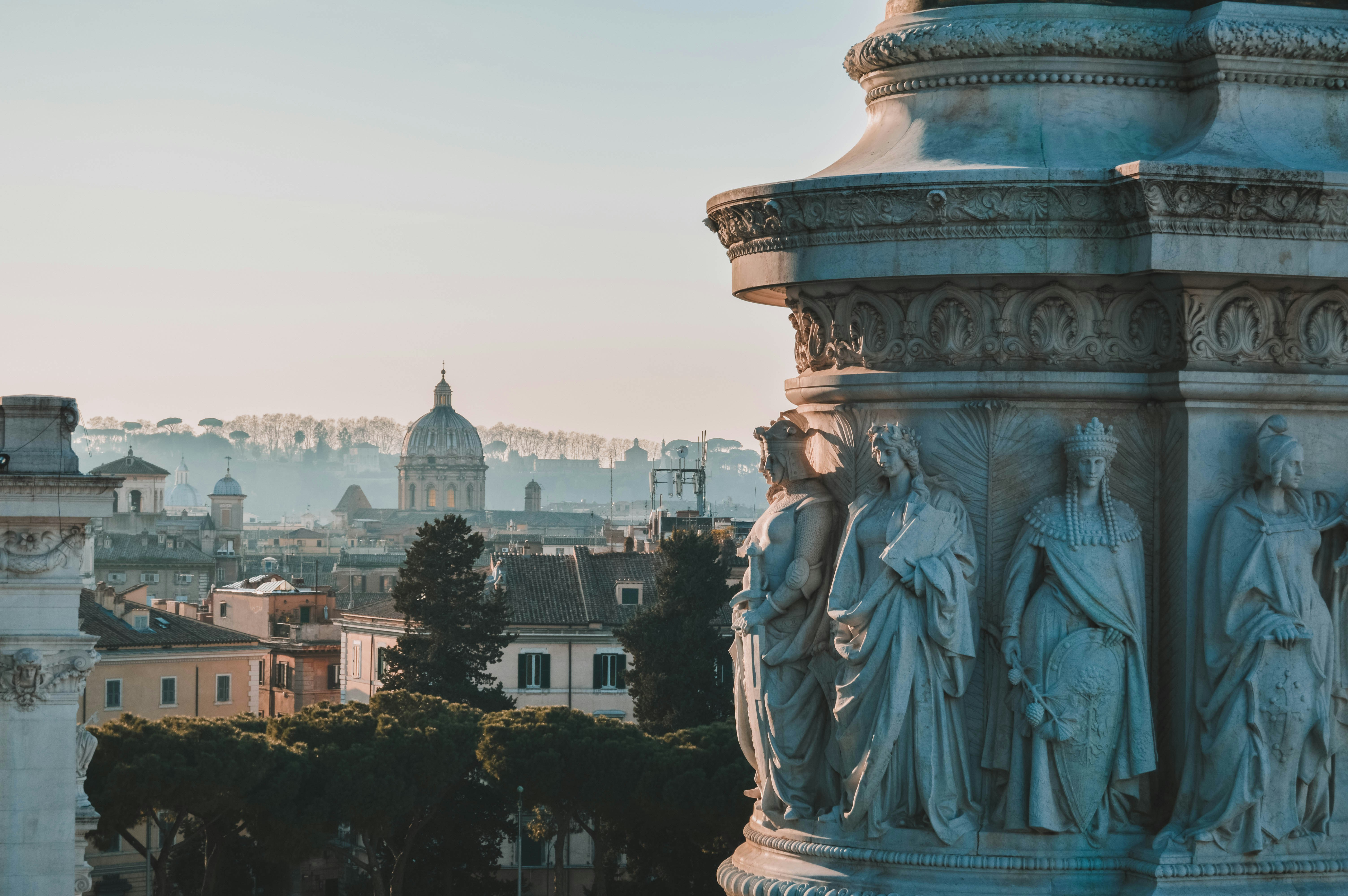
While the city of Rome has welcomed the investments and growing interest from top-shelf travelers, high-end hospitality isn’t a cure-all for the overtourism challenges facing the city and other popular destinations across Italy and Europe.
Rome’s tourism office, while betting big on high-spend travelers, has also taken aim at redirecting some of the more mainstream visitor traffic out to attractions and neighborhoods that tend to get overlooked. Unexpected Itineraries of Rome, a new Ministry of Tourism-funded project launched by the city, targets independent travelers looking for assistance with exploring some of Rome’s lesser known marvels. The accompanying free app has already launched three self-guided itineraries with accompanying bilingual Italian-English placards — two through archaeological parks and one through the multicultural Esquilino neighborhood, including a stop at the gardens of the Roman Aquarium. Another four itineraries are expected to be rolled out in the coming weeks, with the stated goal of “moving beyond the idea of [visiting] ‘Rome in 24 or 48 hours.’”
The city has no illusions that major sites like the Trevi Fountain, Colosseum and Spanish Steps will drop in popularity, but the hope is that consistent encouragement of more in-depth exploration of Rome, its outskirts and its naturalistic patrimony will help counter the “hit and run” style of tourism that residents have pushed back against in the years since the pandemic.
“The city has decided to [highlight] another Rome that has always been here, but that no one has given its due,” Onorato said in an Instagram reel promoting the initiative.
Editor’s note: Italy Magazine was a media guest at RISE. Our editorial team accepts hosted experiences only when they are likely to help bring readers an interesting story. We do not accept compensation or gifts in exchange for positive or guaranteed coverage.
